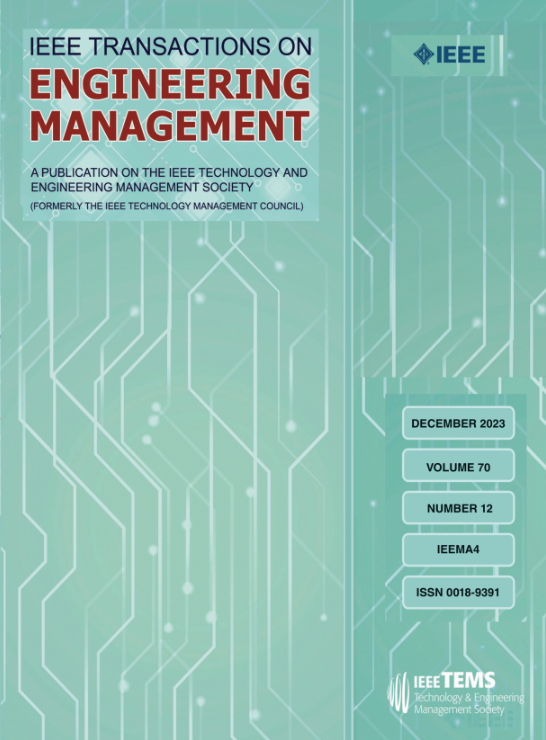系统性 FsQCA 预测及其性能
IF 4.6
3区 管理学
Q1 BUSINESS
引用次数: 0
摘要
利用模糊集合/定量比较分析(fsQCA)作为商业和管理研究方法的趋势日益明显,因此需要一种系统的 fsQCA 预测程序。本文提出了一种系统的预测程序,并介绍了两种处理样本数据的方法(固定法和逐步法)。它提供了三种不同的预测方法:1) 通过求解进行预测;2) 通过一致性进行预测;3) 通过充分条件比率进行预测。通过数据分离,预测的有效性可以在为建议的预测程序添加一层严密性后得到验证。这三种方法代表了预测的不同视角。最后,本研究建议综合这三种方法的评价,以全面了解预测性能。本文章由计算机程序翻译,如有差异,请以英文原文为准。
Systematic FsQCA Forecasting and its Performance
There is a growing trend in utilizing fuzzy set/qualitative comparative analysis (fsQCA) as a research method for business and management studies, hence showing a need for a systematic procedure in fsQCA forecasting. This article presents a systematic forecasting procedure and introduces two methods (fixed and stepwise) to handle in-sample data. It offers three distinct forecasting approaches: 1) forecasting by solution, 2) forecasting by consistency, and 3) forecasting by ratio of sufficient condition. With data separation, predictive validity can be verified after adding a layer of rigor to the proposed forecasting procedure. The three approaches represent various perspectives for forecasting. Finally, this study suggests integrating the evaluation from all three approaches in order to have a holistic view of forecasting performance.
求助全文
通过发布文献求助,成功后即可免费获取论文全文。
去求助
来源期刊

IEEE Transactions on Engineering Management
管理科学-工程:工业
CiteScore
10.30
自引率
19.00%
发文量
604
审稿时长
5.3 months
期刊介绍:
Management of technical functions such as research, development, and engineering in industry, government, university, and other settings. Emphasis is on studies carried on within an organization to help in decision making or policy formation for RD&E.
 求助内容:
求助内容: 应助结果提醒方式:
应助结果提醒方式:


